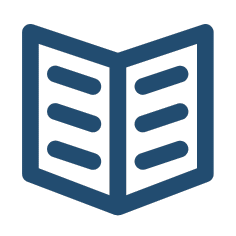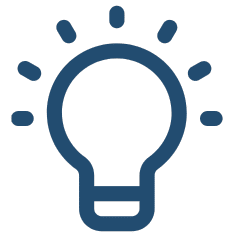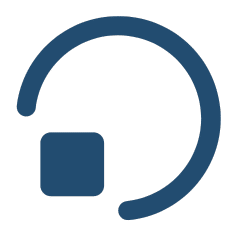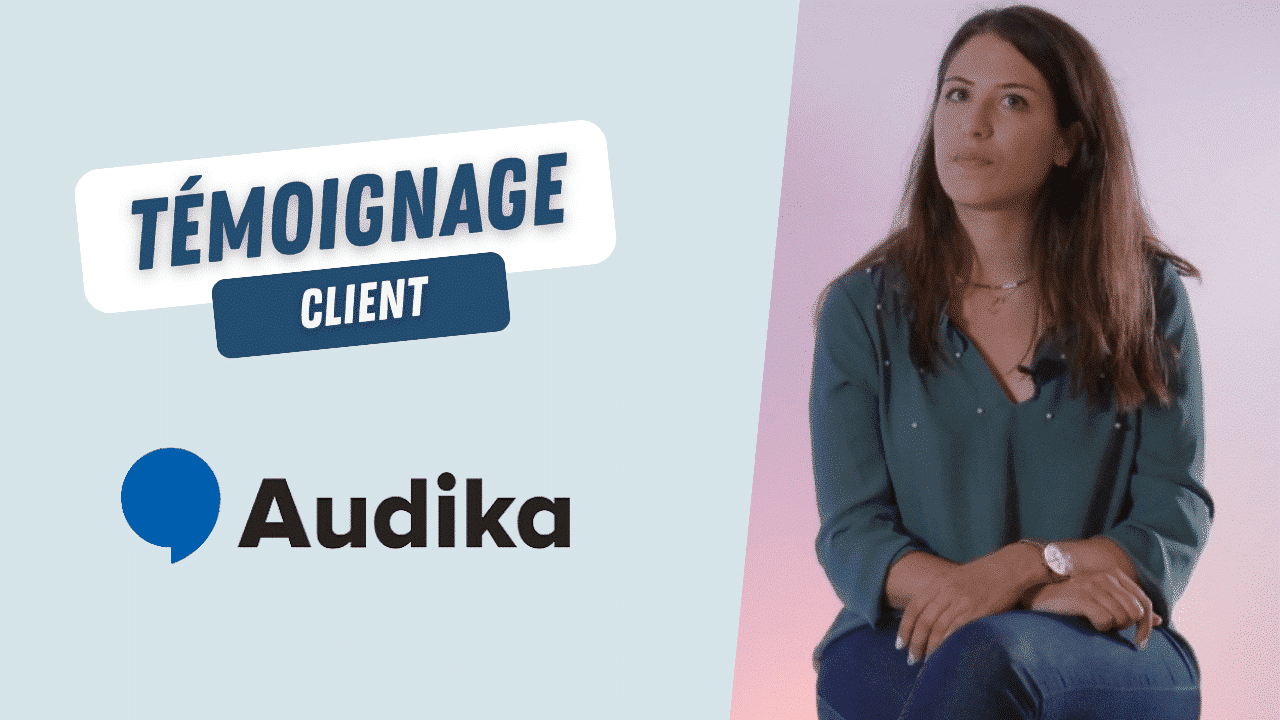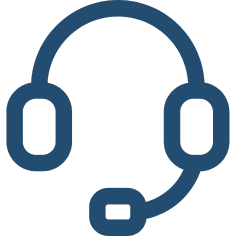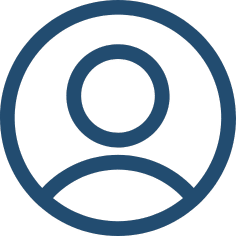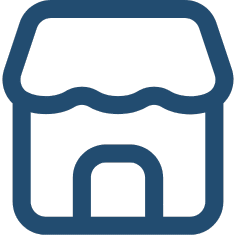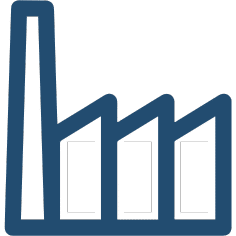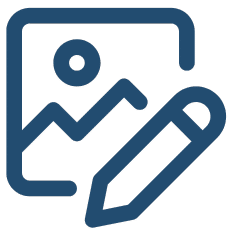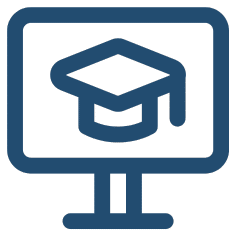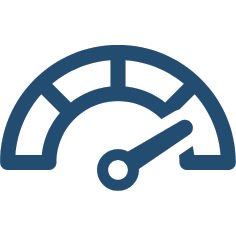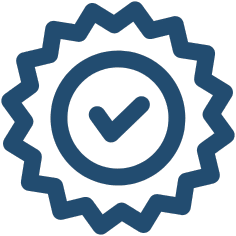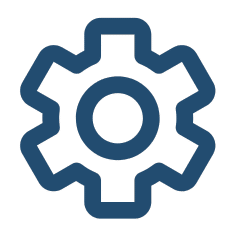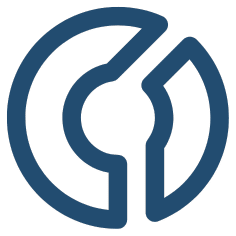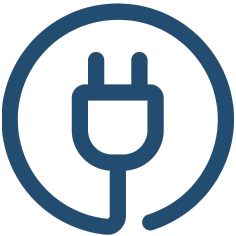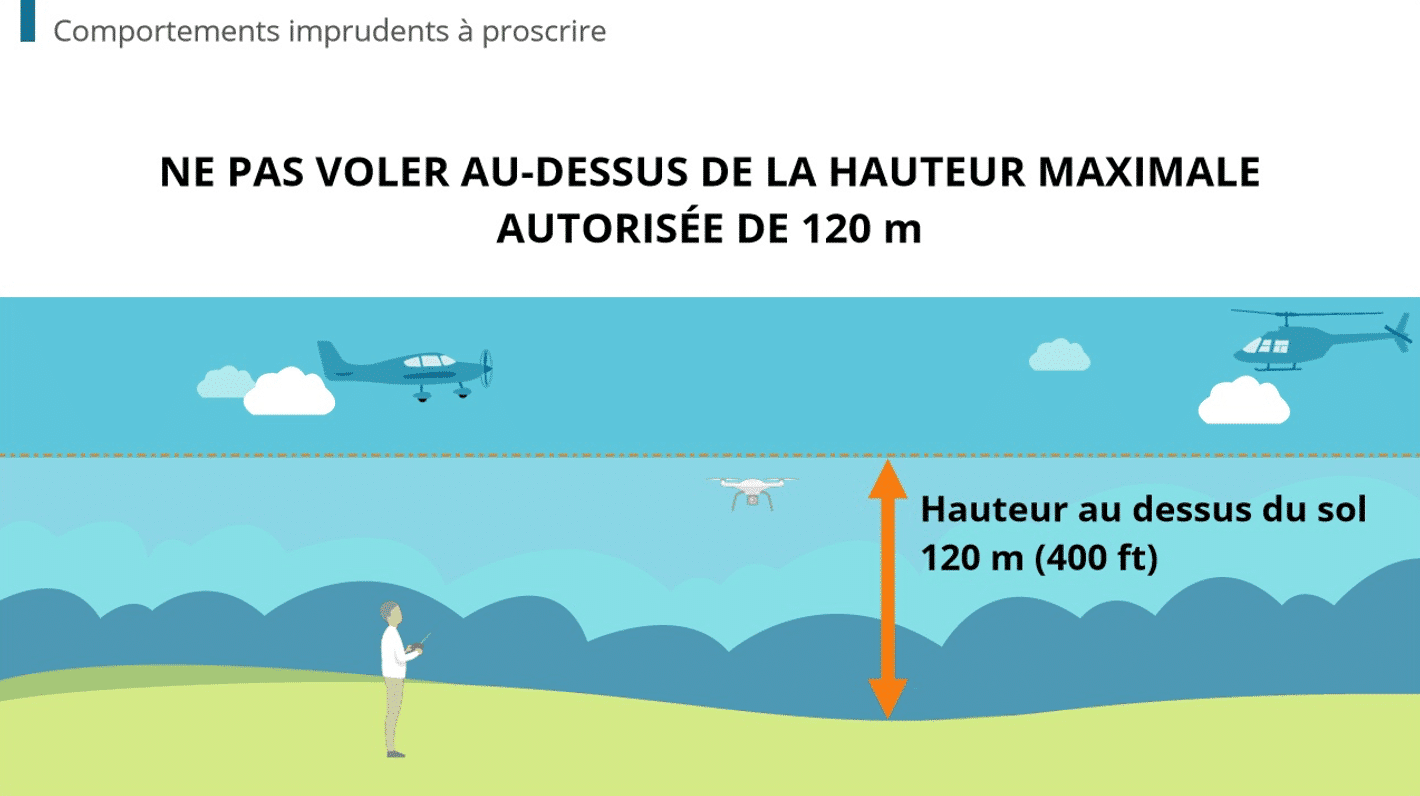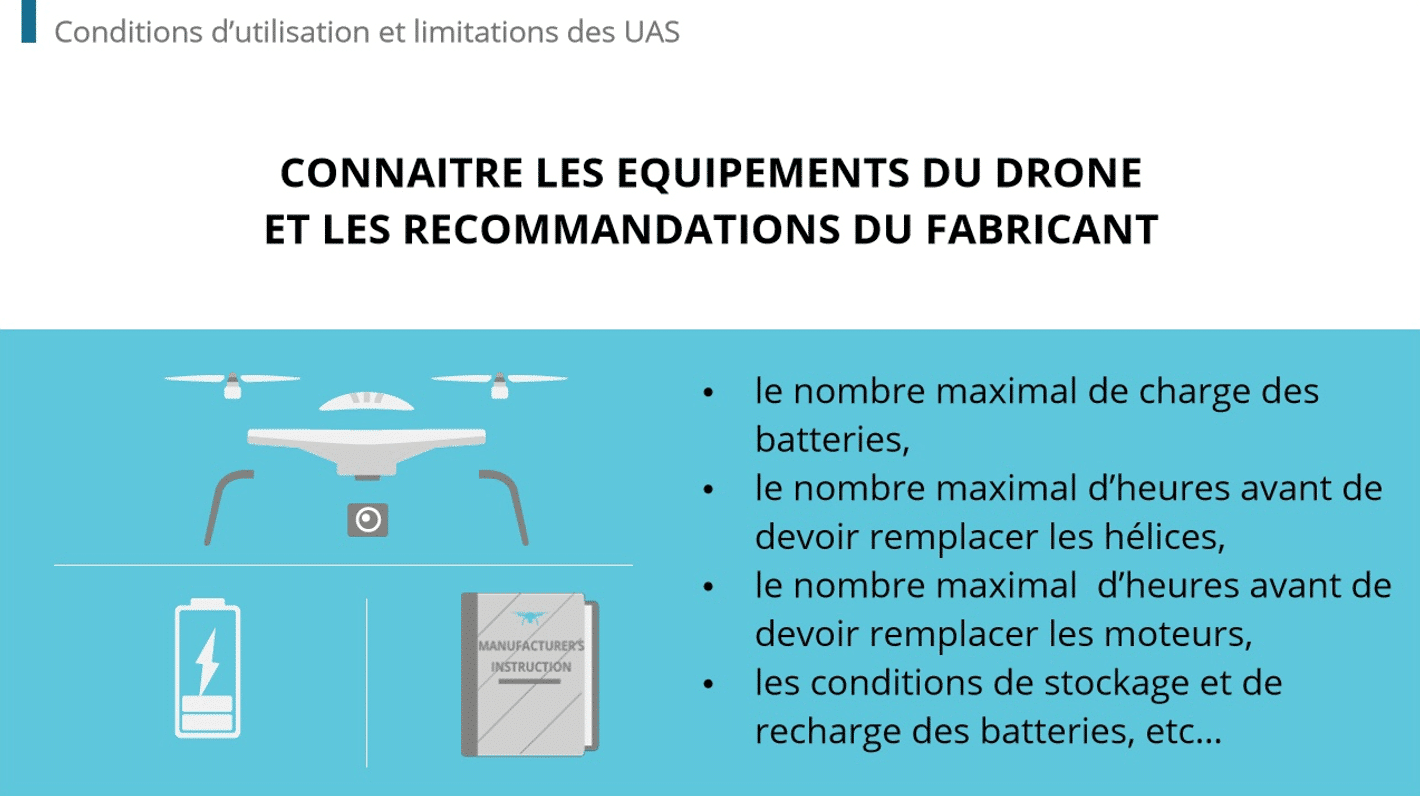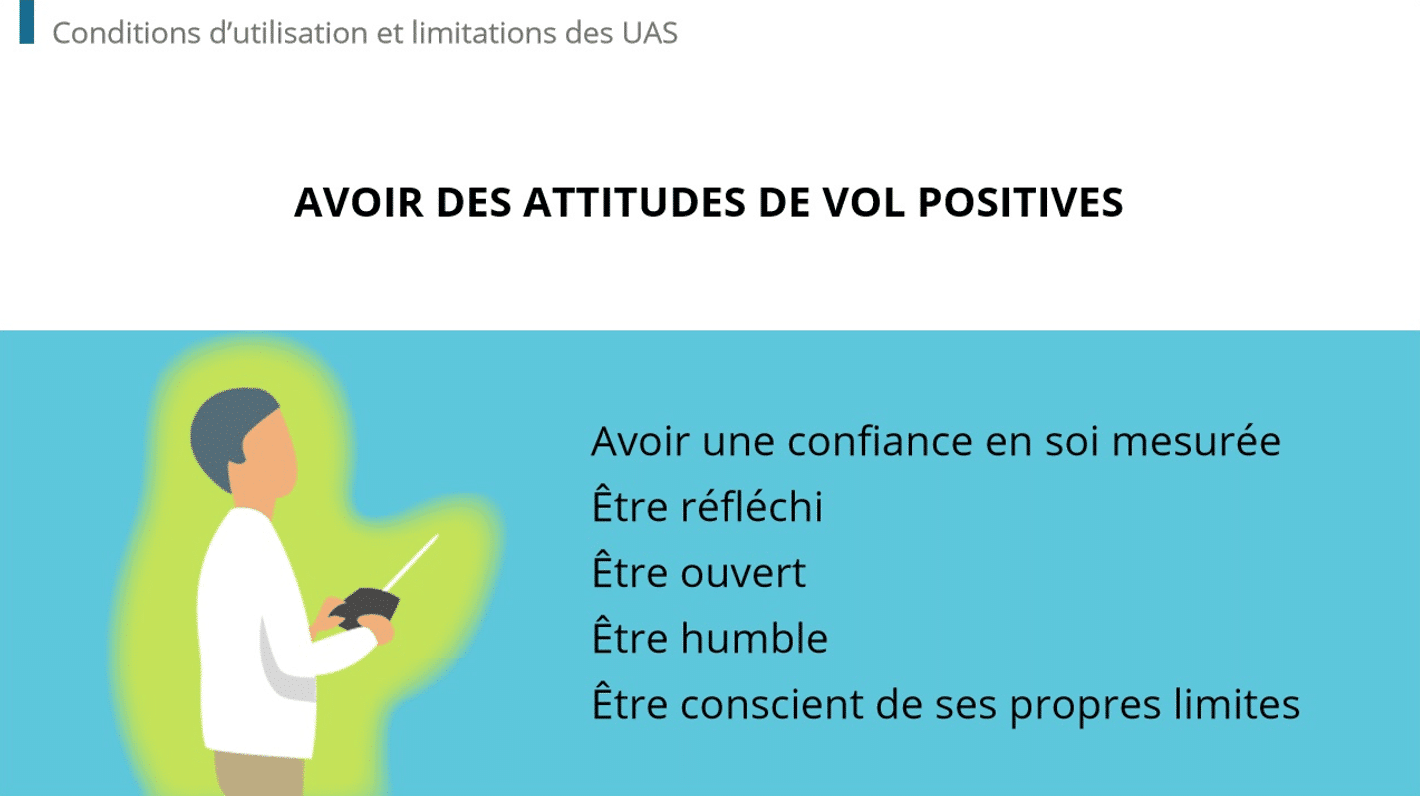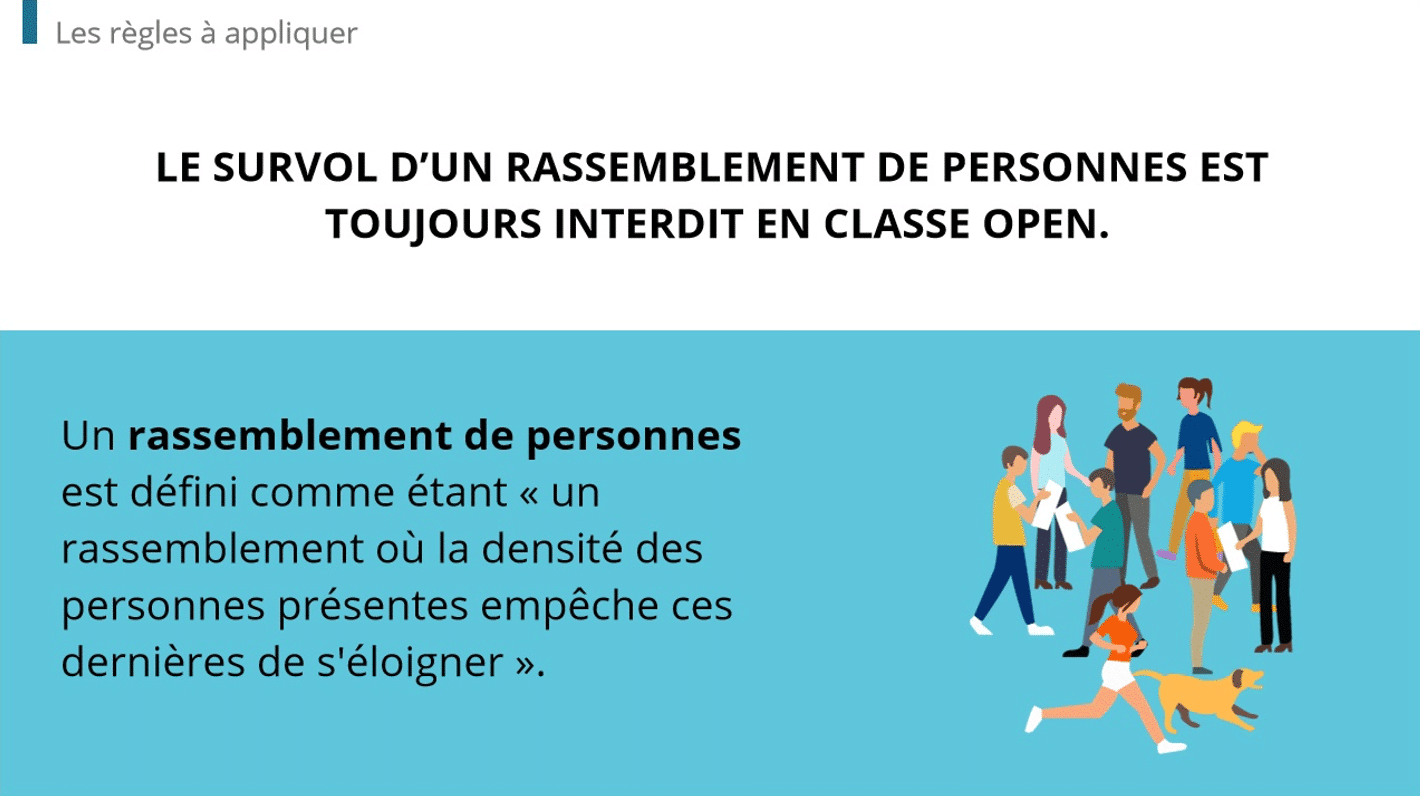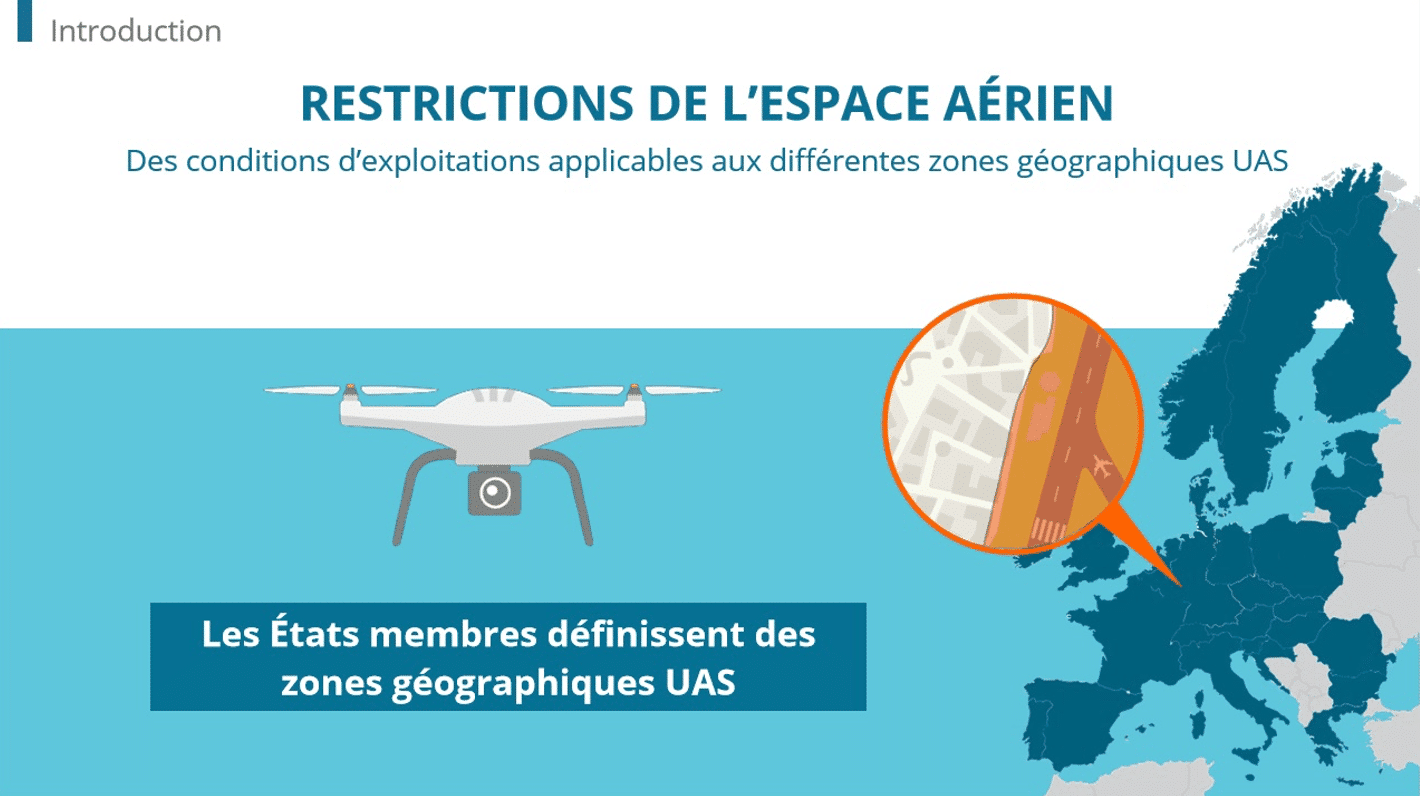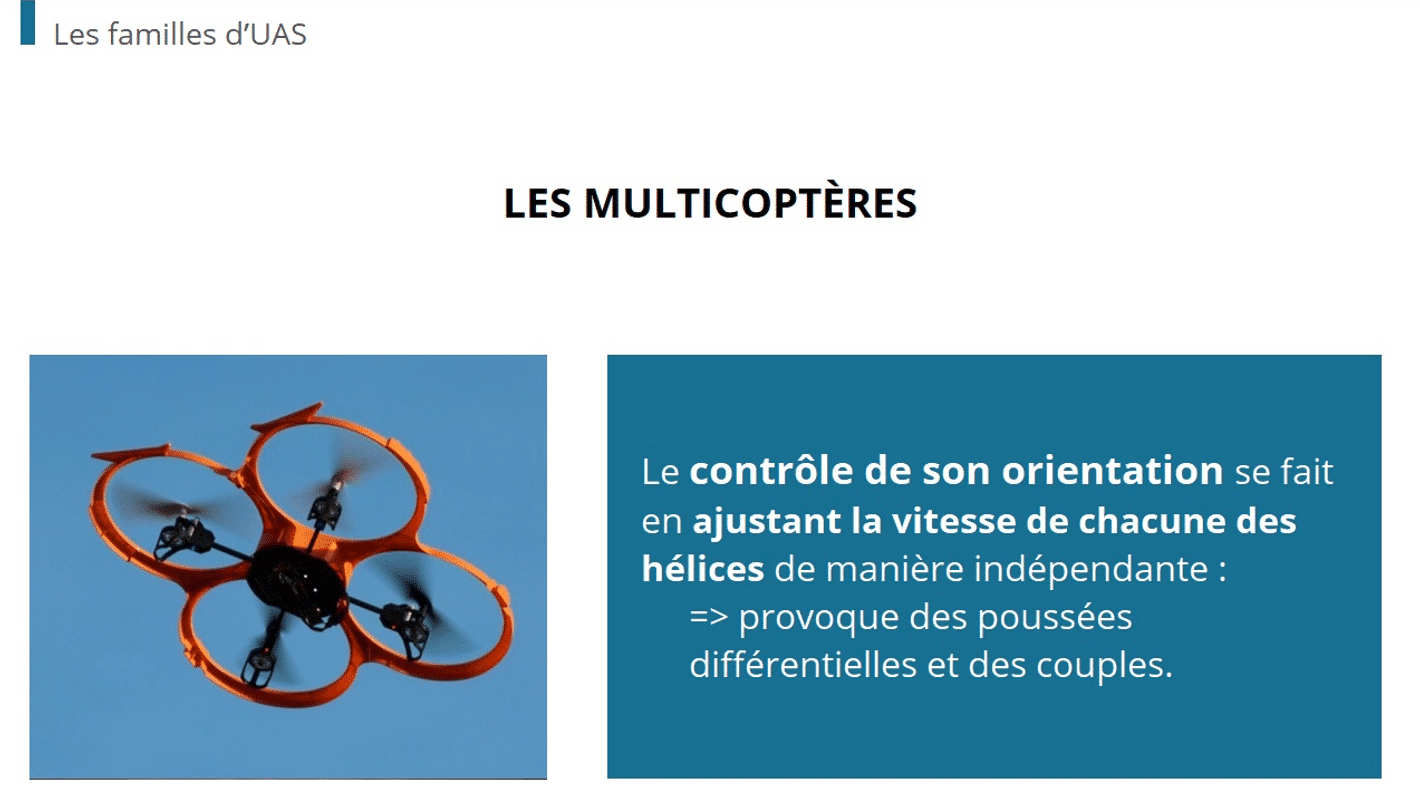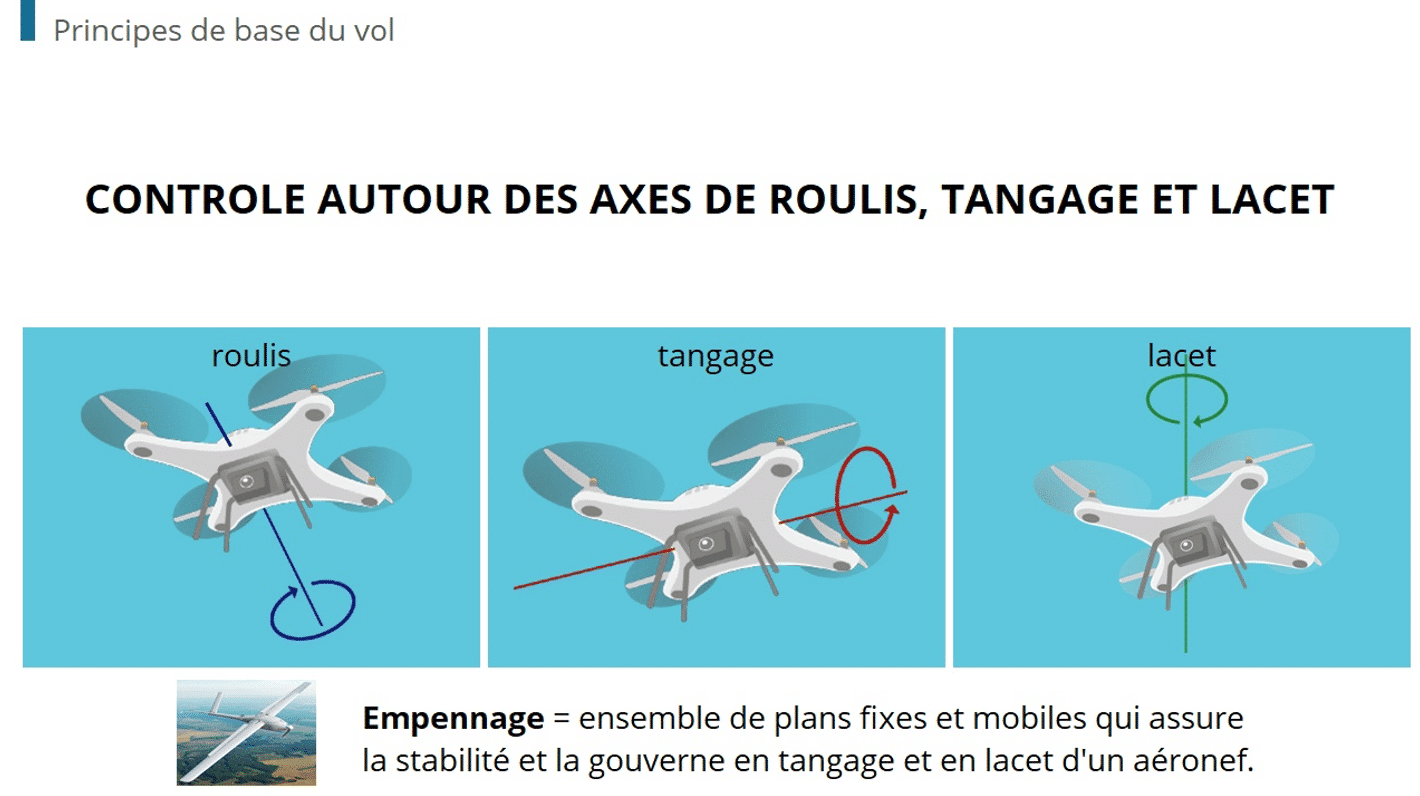SCORM vs. LTI: Learn what they are, how they’re different from each other, and whether you should choose one over the other.
The e-Learning sector is constantly developing. And the result is an ever-increasing number of applications and standardizations to enhance the experience. One mainstay has been SCORM, which has been part of the industry for two decades.
However, LTI has also gotten a lot of attention in the e-Learning sector over the years. Does that mean you should drop SCORM in favor of the LTI e-Learning standard?
What Is SCORM?
SCORM (the Sharable Content Object Reference Model) has long been an industry technical standard for the e-Learning sector. However, it’s equally applicable to other remote learning environments, such as computer-based training.
Since the launch of the initial SCORM standard, it has continually evolved; there are now five versions.
Based on an XML framework, one of SCORM’S features is its ability to enable programmers to write code. This allows SCORM to integrate with e-Learning software.
Additionally, SCORM enables online educational content and learning management systems (LMSs) to work and communicate effectively with each other. This facilitates the successful sharing of content across e-Learning tools.
To put it more simply, the SCORM standard allows compatibility between your e-Learning content and your LMS, and launches content.
There are many good reasons to use SCORM:
- Its plug-and-play feature makes it easy to use.
- It offers built-in efficiency.
- It is cost-effective.
- You can use SCORM to update old content and convert it into a modernized format.
- You can combine multiple sources of content.
- It has the ability to standardize LMS functions.
That said, times have changed. First launched in 2000, SCORM is now in its second decade and some argue it’s not up to the challenge of the modern e-Learning sector.
What Is LTI?
The IMS Global Learning Consortium (IMS) developed LTI (Learning Tools Interoperability) after it noticed a gap in the market. As IMS explains on its website, the aim of LTI is to provide a single framework that allows the integration of “any LMS product with any learning application”.
As you probably know, there’s a significant variety of applications on the market that aim to improve the e-Learning experience. However, compatibility remained an issue: The average LMS didn’t give access to this vast range of learning applications. One answer was the development of plug-in proprietary solutions, but these are often costly. This is where LTI comes in.
Here’s a look at some of its core features:
- It enables learning applications to connect with LMSs.
- It also allows integration and the launch of remote tools.
- It provides a secure connection.
- Its plug-n-play format makes it compatible with any IMS-certified learning management software.
- It is cloud compatible.
- There’s no need for costly programming. Instead, LTI lets you add optional features to better tailor it to your individual needs.
- It’s continually developing, adding fresh features with its new launches.
- It facilitates increased productivity, efficiency, and greater responsiveness for its users.
SCORM vs. LTI
As you saw above, there are some major differences between the two standards and how they’re used. SCORM’s chief function lies in launching e-Learning content, while LTI’s main purpose is allowing communication between learning management systems.
On top of that, industry use for SCORM and LTI differ considerably. The original purpose of SCORM was for a project with the Department of Defense. SCORM is also widely used by other government departments and corporations.
LTI’s primary use has been with academic institutions, educational environments, and content providers, like McGraw Hill. Additionally, LTI is at the center of many LMS systems, including Moodle and Brightspace.
Finally, both standards have different developers, and you’ll need to download SCORM into a zip file for use in your LMS.
So, should you drop SCORM for LTI?
The e-Learning industry has seen many changes over the years. With various standards being introduced, the online learning experience is more accessible, sophisticated, and efficient than ever before. Inevitably, as times change, we’ll continue to see the development of further standards. And with those new standards, there are choices to be made.
As far as the SCORM vs. LTI debate goes, you’ll see some arguments online that SCORM is dead. However, it has a long track record in the e-learning sector and is trusted by high-profile government departments and corporations. And while LTI is newer, it’s still well-established, and it’s best suited to the educational sector.
The standard you choose will depend entirely on the functions you’re looking for and the sector you’re working in—you’ll need to take your individual training needs into consideration.
Dokeos will support your decision
Making the right decision can be complicated, but there’s one choice that couldn’t be simpler: the LMS you work with. Whether you pick SCORM or LTI, you can rest assured that the Dokeos LMS will fit your e-Learning needs.
For a free trial and to find out more, contact us today.





